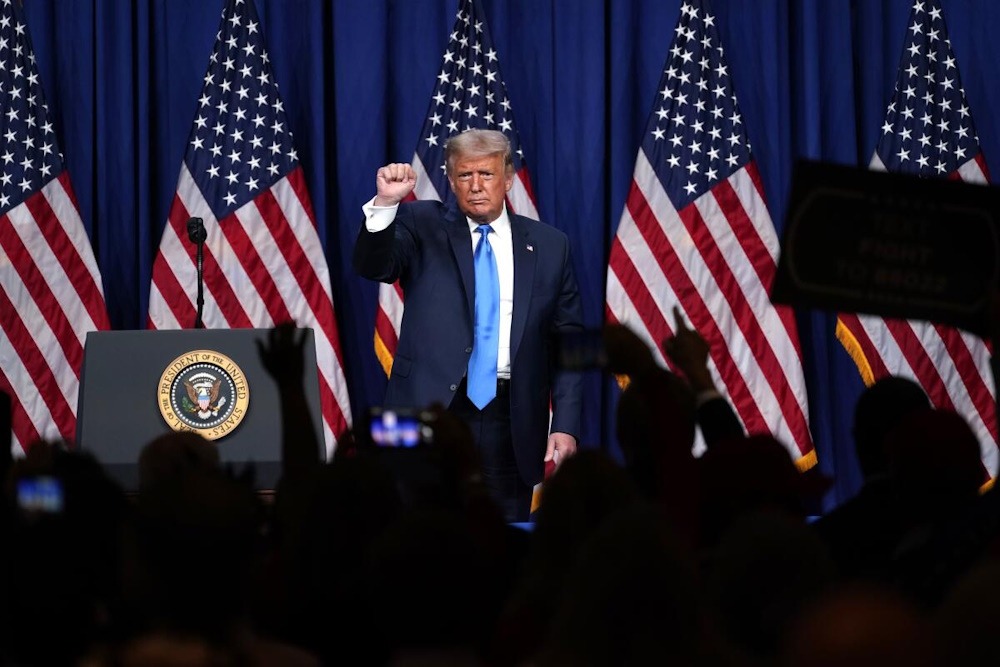
On Friday, the Trump administration announced plans to request that companies pay $100,000 annually for H-1B worker visas. This move could significantly impact the technology sector, which depends on skilled workers from India and China. Since starting his term in January, Trump has launched a broad immigration enforcement effort, which includes actions to restrict certain types of legal immigration. The effort to change the H-1B visa program is the administration’s most notable attempt to modify temporary work visas to date.
“Big companies are all in for H1-B visas at a cost of a hundred thousand dollars a year. We’ve talked to them,” U.S. Commerce Secretary Howard Lutnick stated on Friday. “If you plan to train someone, you will be training a recent graduate from one of the top universities in our country.” Educate Americans. “Stop bringing in people to take our jobs,” he stated. Trump’s promise to tighten H1-B visa rules has sparked significant tension with the tech sector, which donated millions to his presidential campaign. Some people, including many tech workers in the U.S., say the program helps companies keep wages low and pushes aside American workers who are capable of doing the jobs. Backers, like Tesla’s CEO Elon Musk, argue that it attracts skilled workers who are crucial for addressing talent shortages and maintaining company competitiveness. Musk, who is a naturalized U.S. citizen originally from South Africa, has had an H-1B visa. Introducing new fees “makes it harder to bring the world’s brightest talent to the U.S.,” stated Deedy Das. “If the U.S. stops drawing in top talent, it significantly hampers its capacity to innovate and expand the economy.”
The new fee might greatly increase expenses for businesses, especially smaller tech companies and start-ups. India holds the largest share of H1-B visas. About two-thirds of jobs obtained through the H1-B program are in the computer field, according to government data. However, employers also use this visa to hire engineers, teachers, and healthcare professionals. Last year, India received the most H-1B visas, making up 71% of those approved. China followed far behind with 11.7%, based on government data. In the first half of 2025, Amazon.com received more than 10,000 H-1B visa approvals, while Microsoft and Meta Platforms each had over 5,000 approvals. Shares of Cognizant Technology Solutions Corp, an IT services company that depends heavily on H-1B visa holders, along with U.S.-listed shares of Indian tech firms Infosys and Wipro, ended the day down between 2% and 5%. Microsoft did not provide a comment. Other major tech companies, banks, and consulting firms did not respond right away to requests for comments. The Indian embassy in Washington and the Chinese Consulate General in New York did not respond right away to requests for comments. The H-1B program provides 65,000 visas each year for employers who want to hire temporary foreign workers in specialized areas, plus an additional 20,000 visas for those with advanced degrees.
Right now, H-1B applicants pay a small fee to join a lottery. If they are chosen, they then pay additional fees that can total several thousand dollars, depending on their situation. Most of the visa fees must be covered by the employers. The H-1B visas get approved for a duration of three to six years. Aaron Reichlin-Melnick, raised concerns about whether the new fees are legal. “Congress has only allowed the government to charge fees to cover the costs of processing an application,” he said on Bluesky. This action is the most recent attempt by the Trump administration to limit or increase revenue from legal immigration. Last month, the U.S. started a trial program where consular officers can ask for bonds of up to $15,000 for tourist and business visas from countries that have high overstay rates or limited information for vetting. That came after Trump’s travel ban in June, which limited entry from 19 countries. During Trump’s first term, his administration tried to put in place rules that would restrict access to H1-B visas, focusing on giving them to employers who pay more. However, these rules were stopped by a federal court.
